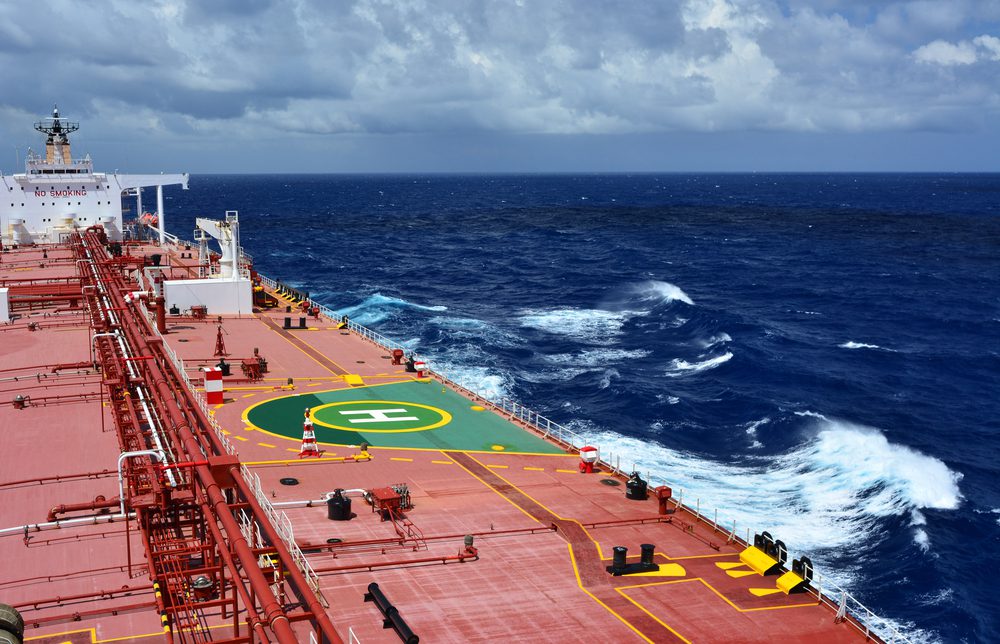
Attacks by Red Sea ships transport 47% more fuel and crude oil throughout Africa
Since attacks on vessels using the shorter Red Sea route began, shipments of crude oil and oil products between Asia, the Middle East, and the West have increased globally by 47%, according to data released by the Energy Information Administration on Tuesday.
marine expenses have increased due to the lengthier route around the Cape of Good Hope, which is necessary to escape attacks by Yemen’s Houthis. Historically, around 12% of all marine traffic worldwide has gone through the Red Sea and Egypt’s Suez Canal.
Based on ship monitoring data from Vortexa, the EIA said that in the first five months of 2024, over 8.7 million barrels per day (bpd) of crude and refined products traveled the Southern Africa route, up from an average of 5.9 million bpd in 2023. The majority of the increase in volume was attributed to oil product volumes.
15% of the increase in crude oil exports to Europe came from Saudi Arabia and Iraq, who shipped more crude oil around the Cape than via the Red Sea and Suez Canal.
Refiners from Asia and the Middle East, who accounted for 29% of the increased trade, boosted the amount of refined products they exported to Europe and redirected the cargoes around the cape.
The EIA reported that the United States’ overall trade around the world increased by over one-third, or just over 600,000 bpd, and that the country imported more goods to Asia and the Middle East in addition to receiving crude oil and processed products from those regions.
Since the Houthis claim their attacks on shipping are acts of solidarity with Palestinians over the conflict in Gaza, attacks against Russian vessels have become more regular.
In the first five months of 2024, Russia shipped almost four times as much crude oil and refined products—including amounts from the Caspian Pipeline Consortium—to Asia around the cape as it did in 2023.
All Categories
Recent Posts
Tags
+13162306000
zoneyetu@yahoo.com



